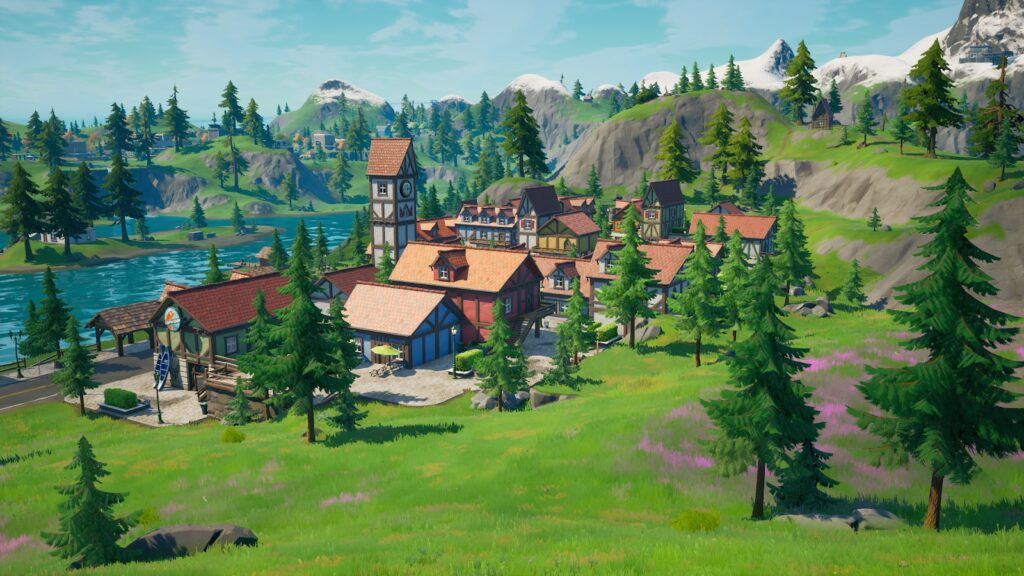Designing virtual worlds involves four main stages: concept, environment design, character design, and gameplay mechanics. The concept stage requires brainstorming, research, and creation of a design document. Environment design involves world-building, creating a map of the game world, and using environmental cues to tell stories. Character design involves creating realistic and relatable backstories, motivations, and personalities. Gameplay mechanics involve designing combat, puzzles, and exploration. Successful virtual world design requires attention to all stages and ensures that the final product is immersive and memorable for players.
Designing Virtual Worlds: Building Environments for Immersive Gameplay
Virtual worlds have become increasingly popular over the years, with games like World of Warcraft, Second Life, and Minecraft captivating millions of players around the world. These virtual worlds allow players to interact with each other in an immersive environment, exploring and creating their own stories within the game. But how are these virtual worlds created? In this article, we will explore the process of designing virtual worlds, from concept to implementation.
Conceptualization: The Idea Stage
The first stage of designing a virtual world is conceptualization. This is the stage where the idea for the world is formed, and decisions are made about the overall design and gameplay. The concept stage typically involves brainstorming, research, and the creation of a design document. The design document outlines the overall vision for the world, including the story, world-building elements, characters, and gameplay mechanics.
Brainstorming
Brainstorming is an essential part of the conceptualization process. Designers will create a list of potential ideas for the virtual world, taking into account their target audience, technical limitations, and the overall theme of the game. Ideas for storylines, characters, environments, and gameplay are generated during this initial stage.
Research
Research is another important component of conceptualization. Designers will research similar games and virtual worlds to see what has worked in the past and what innovations can be made. They will also research the target audience to ensure that the game appeals to that demographic.
Design Document
Once the brainstorming and research phases are complete, the design document is created. This document outlines the overall vision for the game, including the story, world-building elements, characters, and gameplay mechanics. It serves as a blueprint for the development team, ensuring that everyone is on the same page throughout the development process.
Environment Design: Creating the World
Once the initial concept is formed, the next stage is environment design. This is where the world of the game is created, including the landscapes, buildings, and overall atmosphere. Environment design is an important aspect of virtual world design, as it sets the tone for the entire game.
World Building
World building is the process of creating the world of the game. This includes designing the landscape, environments, and buildings. World building involves creating a map of the game world, designing the layout of the game world, and creating a sense of depth and realism.
Environmental Storytelling
Environmental storytelling is an important aspect of environment design. It is the use of the environment to tell a story or convey information to the player. This can be done through the use of environmental cues, such as posters on the wall or graffiti, that hint at the backstory of the game world.
Character Design: Bringing the World to Life
The next stage of virtual world design is character design. This is where the characters that inhabit the world are created, including their appearance, personality, and backstory. Character design is an essential part of virtual world design, as it brings the world to life and creates a sense of immersion for the player.
Appearance
The appearance of characters is an important aspect of character design. Characters need to look realistic and fit into the overall aesthetic of the game world. This involves creating character models, designing clothing, and creating textures.
Personality
Personality is another important aspect of character design. Characters need to be relatable and interesting to the player. This involves creating backstories, motivations, and personalities that fit into the overall story of the game.
Character Interactions
Character interactions are an important aspect of character design. Players need to be able to interact with the characters in a way that feels natural and immersive. This involves creating animations, dialogue, and branching paths for the player to follow.
Gameplay Mechanics: Bringing Everything Together
The final stage of virtual world design is gameplay mechanics. This is where the overall gameplay mechanics of the game are created, including combat, puzzles, and exploration. Gameplay mechanics are an essential part of virtual world design, as they bring everything together and create a cohesive experience for the player.
Combat
Combat is a common gameplay mechanic in virtual worlds. This involves designing weapons, creating animations, and designing enemy behavior. Combat needs to feel challenging and rewarding for the player.
Puzzles
Puzzles are another common gameplay mechanic in virtual worlds. This involves designing puzzles that fit into the overall story of the game and challenge the player’s problem-solving skills. Puzzles need to be challenging but not frustrating for the player.
Exploration
Exploration is an essential part of virtual world design. This involves creating a world that is fun and interesting to explore, with hidden secrets and rewards for the player. Exploration should be rewarding and not feel like a chore for the player.
In conclusion, virtual world design is an intricate process that involves conceptualization, environment design, character design, and gameplay mechanics. Each stage is equally important and contributes to the overall success of the game. By following these steps, game developers can create virtual worlds that are immersive, engaging, and memorable for players around the world.
